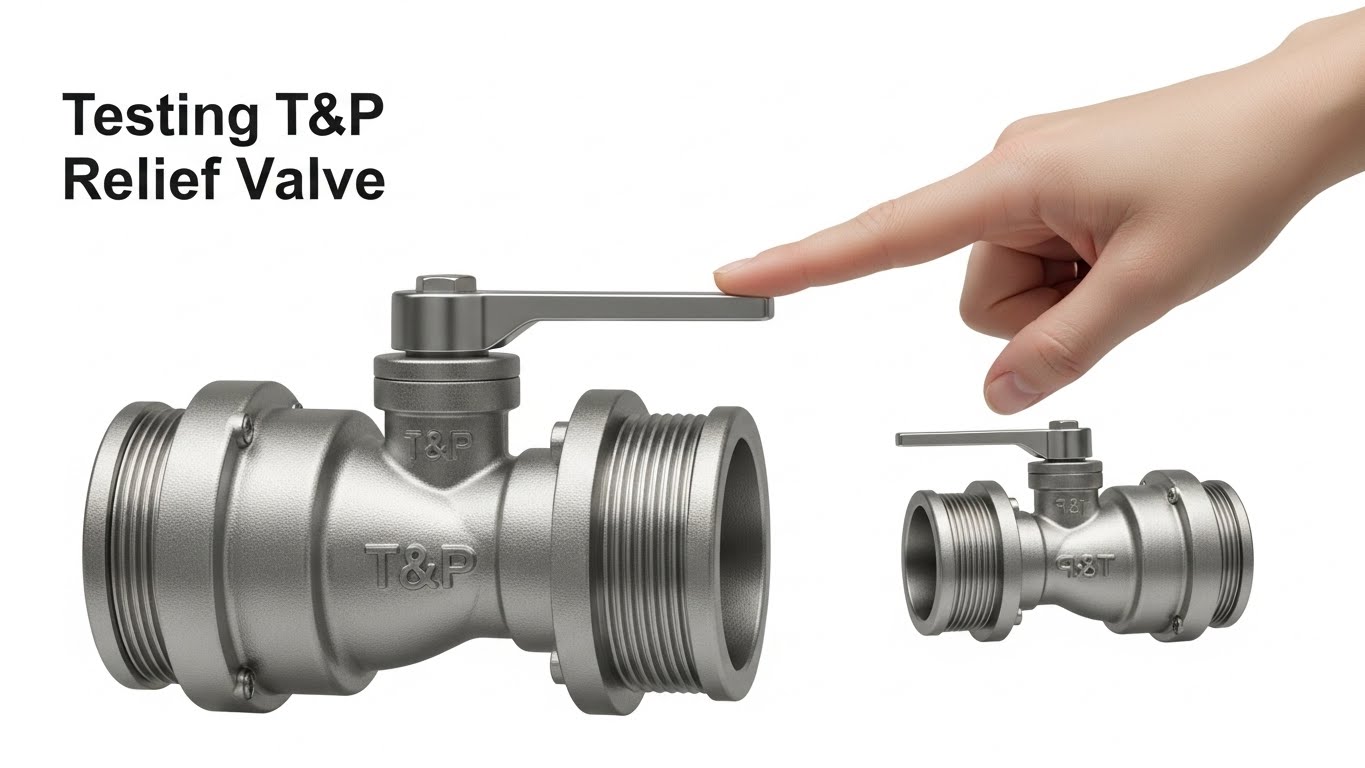When it comes to preserving game meat, hunters and processors know that careful attention to temperature control is the key to maintaining quality and safety. Wild game meat, often lauded for its natural taste and nutrition, must be handled with precision to avoid bacterial growth, spoilage, and loss of nutritional value. Unlike store-bought meat, processed in controlled environments, game meat is harvested in natural conditions and faces unique challenges.
Effective refrigeration and air conditioning systems play a pivotal role in this process, underscoring the need for trained professionals in air conditioning licensing who can ensure proper temperature management in meat preservation.
Why Temperature Is Important in Meat Preservation
Temperature regulation is not a luxury; it is a necessity when it comes to storing game meat. Some bacteria grow at temperatures between 40°F and 140°F, known as the danger zone. Inadequately cooling game meat after the hunt is also a source of contamination by bacteria that causes food-borne diseases. Chopping also helps reduce the meat’s temperature to a level that will not support microbial growth, thus making it safe for human consumption.
Meat from games should be cooled quickly to avoid changes in texture, taste, and nutrient content. Cooling reduces the rate of the chemical activities that cause spoilage, thus preserving the meat’s inherent properties. Modern commercial refrigeration systems are well constructed and operate with great accuracy to circulate the cold air around the meat. This is where skilled HVAC professionals come into play as they design, maintain, and fine-tune these systems to a preservation requirement.
The Role of HVAC Systems in Game Processing
Ideally, suitable HVAC systems play an important role in game meat cooling and even in creating an ideal environment during the processing and preservation of game meat. The refrigeration cycle is the core process of heat exchange, where heat is absorbed and rejected to keep units and freezers cold. Through cooling technologies, processors can maintain the proper temperature of game meat, reducing microbial growth and enzymatic action.
Furthermore, contemporary HVAC systems contain energy-saving measures to minimize costs and effects on the climate. Temperature control in-game processing facilities is not limited to merely cooling but also encompasses humidity, air circulation, and heat recovery. Hence, these factors come together to help reduce the chances of spoilage and improve meat quality. Air conditioning and refrigeration are often complex and require extensive training, so those specializing in HVAC install these systems. This way, their skills ensure that all energy consumption requirements, costs, and meat preservation are met simultaneously.
Innovative Cooling Solutions for Game Meat
The art of refrigeration is a dynamic area of science, and there are always new inventions and technologies that can improve the game of meat preservation. Intelligent controls for temperature and humidity are integrated into modern refrigeration systems, enabling processors to control the conditions in storage facilities. Such control is necessary to avoid variations compromising meat safety and quality. Moderate-scale hunters and processors require efficient and affordable means of cooling the meat quickly; however, large equipment is pricey; portable refrigeration units and mobile cooling solutions effectively cool the meat without acquiring the large equipment.
Temperature-controlled storage does not only mean cooling. For instance, blast chillers freeze meat at a high rate to a temperature below freezing point to help retain the quality and nutrient content. These systems benefit game meats, as these products can be very susceptible to bacterial contamination after harvesting. In attaining rapid cooling, blast chillers minimize the possibility of spoilage while enhancing the meat’s texture, taste, and nutrient value.
Conclusion
For game meat preservation, which is a susceptible business, temperature control is a necessary science to achieve the goal of safety, taste, and durability. Each factor has been considered, from the rate of chilling to the particular application of HVAC systems; the experienced HVAC workers, who sometimes need air conditioning licensing or complete specialized training, make these precise conditions possible and guarantee that each portion of game meat is trimmed accordingly. For hunters and meat processors, temperature control is one of the most important factors that should be understood and applied to retain the quality of the hunted animals.












